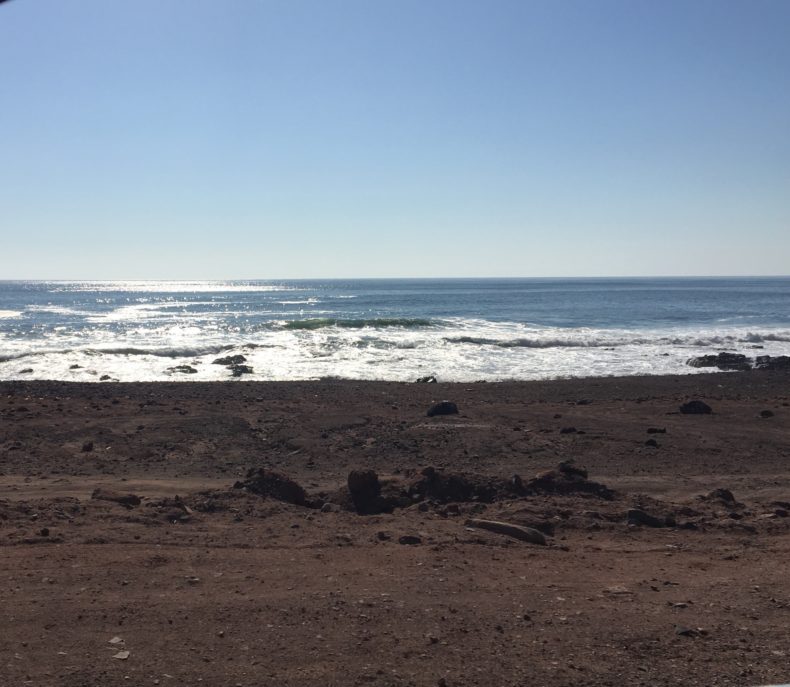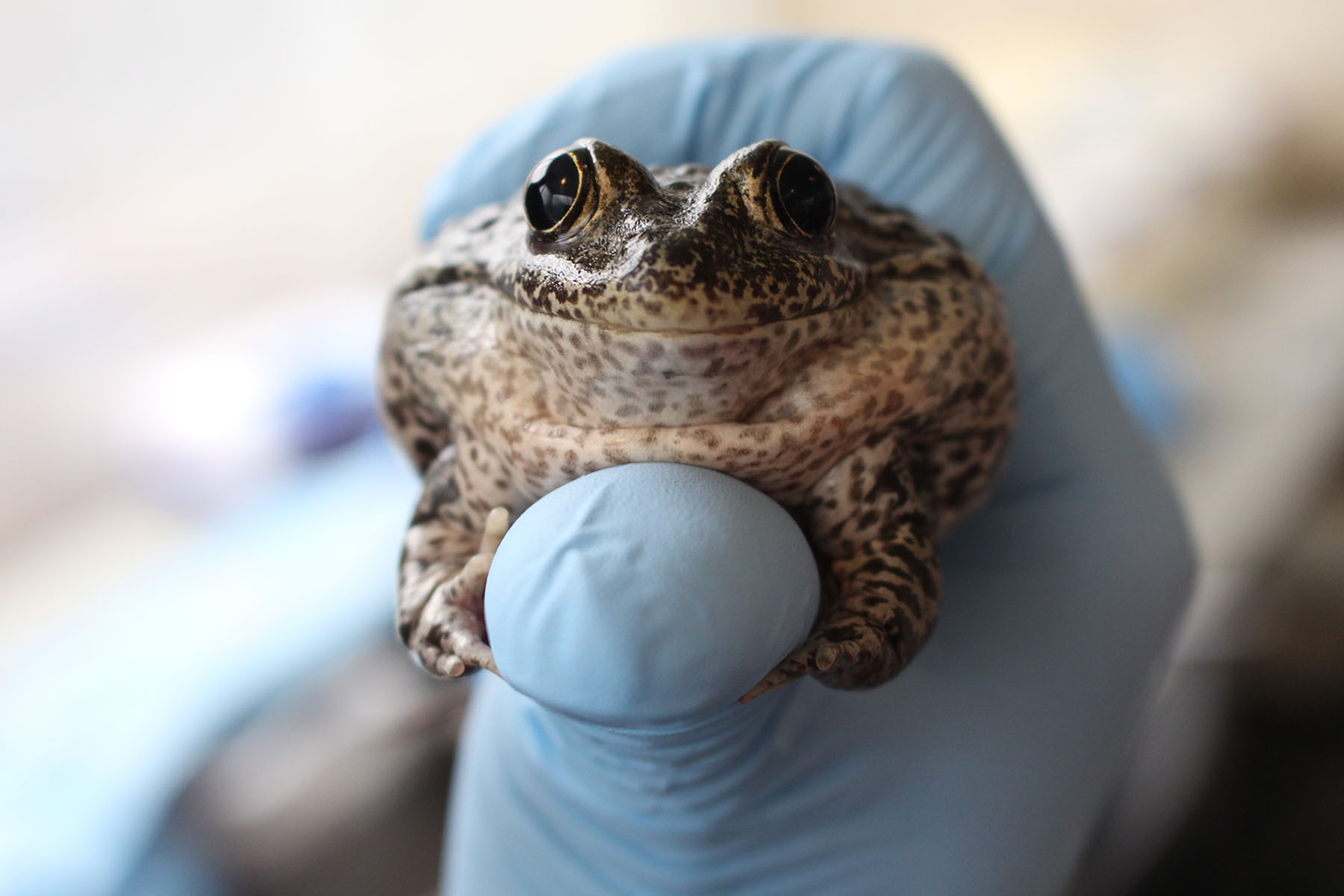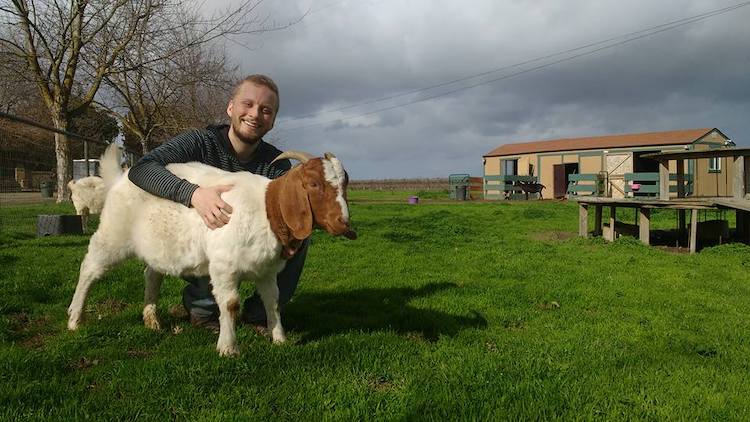
Driving in a foreign country is a good way to turn your head inside out. It shakes the cobwebs and forces you to rearrange the heavy furniture of your mind. You need to make room for thoughts such as 10 mil is how many pesos is how many dollars? And what is the phrase for a full tank of gas? And if I put my backpack and jacket in the passenger seat, and adjust my hat on them just so, will the miners in that truck behind me be fooled into thinking I’m not alone?
I have always liked driving, especially when I have good music and a long enough trip for my thoughts to really open up. It is like a form of meditation, in that it’s both exhausting and refreshing. Driving in a foreign country, where you barely speak the language, is like competitive-level meditation.
I did the most intense driving of my life earlier this year, on a road trip up and down the coast of northern Chile. I wrote a lot about it in this essay, which just published, so please go read that. But I’ve been thinking a lot about all the other absurd driving I did on that trip, all by myself in the oldest and most barren desert on this planet. Continue reading

 It is the time of year for little lights. There are tiny points of light along the eaves of our neighbors’ houses. There are lights along the city streets, too. Some are arranged in a pattern so they look like dolphins. Some are shaped like shooting stars. On Sunday, some houses began to light the first of eight candles, one for each night. On Sunday, other houses began to light the first of four candles, one for each week. In our house we have been lighting a pair of candles at dinner since the time change, because it’s dark and everything seems to feel more special in the dark when you have a candle.
It is the time of year for little lights. There are tiny points of light along the eaves of our neighbors’ houses. There are lights along the city streets, too. Some are arranged in a pattern so they look like dolphins. Some are shaped like shooting stars. On Sunday, some houses began to light the first of eight candles, one for each night. On Sunday, other houses began to light the first of four candles, one for each week. In our house we have been lighting a pair of candles at dinner since the time change, because it’s dark and everything seems to feel more special in the dark when you have a candle.


